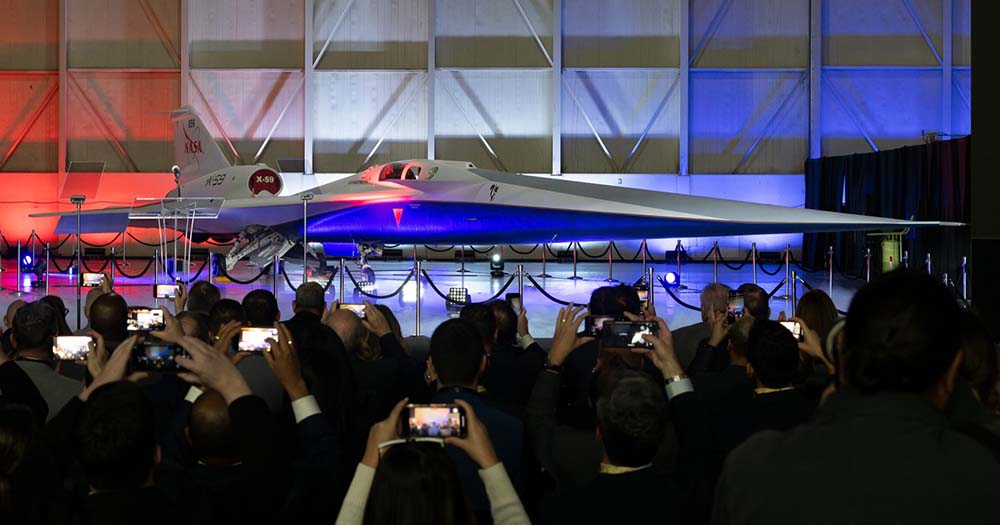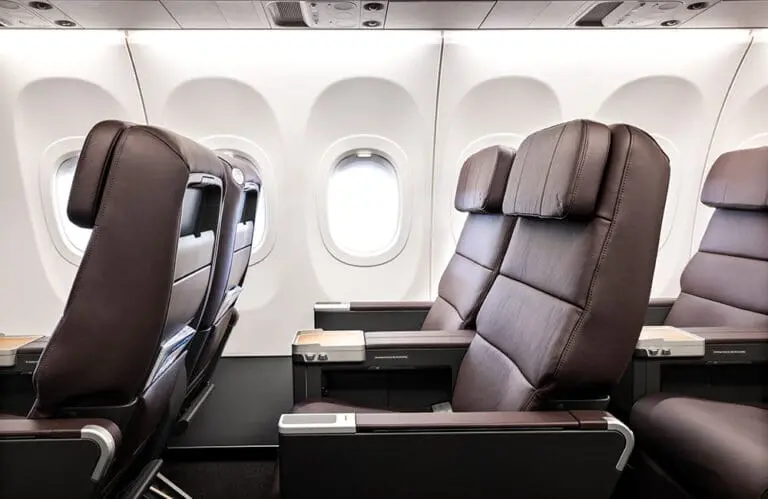Next-gen passenger jets that can travel faster than the speed of sound may be a reality sooner than you think, thanks to NASA’s game-changing X-59 Quesst experimental plane that breaks the sound barrier minus that thunderous sonic boom.
NASA Deputy Administrator Pam Melroy confirmed it: “In just a few short years we’ve gone from an ambitious concept to reality. NASA’s X-59 will help change the way we travel, bringing us closer together in much less time.”
NASA and Lockheed Martin unveiled the X-59 on 12 January 2024 at the aviation contractor’s Skunk Works facility in Palmdale, California after years of development.
The world’s first supersonic aircraft, the Concorde, could cross the Atlantic in under 3.5 hours at twice the speed of sound but could not fly supersonic over land, and retired in November 2003.
The NASA and Lockheed Martin collaboration is the end result of decades of research and advanced manufacturing using augmented reality, robotic drilling and 3D modelling techniques.

NASA’s X-59 – halving the flying time
The X-59 is expected to fly at 1.4 times the speed of sound and the aircraft’s shape and technology advancements will allow the aircraft to achieve these speeds while generating a quieter sonic sound.
Instead of the ‘boom’, the Quesst mission (Quiet SuperSonic Technology) X-59 jet makes a much quieter ‘thump’ akin to hearing a car door slamming from indoors, reports Space.com.
At 30.4m long and almost 9m wide, the X-59’s thin, tapered nose is almost a third of its length and will break up the shock waves that ordinarily result in a supersonic aircraft causing a sonic boom.
Due to this configuration, the cockpit is located almost halfway down the aircraft and does not have a forward-facing window.
Instead, the Quesst team developed the eXternal Vision System (XVS), high-res cameras that feed a 4K cockpit-mounted screen to offer pilots an augmented-reality view of what’s in front of the jet.
Ms Melroy, who is also a test pilot, said the system has the potential to revolutionise aircraft design.
“This ground-breaking technology is really a beacon guiding us towards a future where visibility barriers in aircraft design can be overcome with this inventive solution.”
Next steps
The aircraft is set to take off for the first time later this year followed by its first quiet supersonic flight.
Once NASA completes the flight tests, the jet will fly over select US cities to collect data about the sound the X-59 generates and how people on the ground experience and react to the quieter sonic booms.
NASA will provide that data to the Federal Aviation Administration (FAA) and international regulators to seek approval for commercial supersonic flights over residential areas.
In the race for faster, more sustainable passenger flights, Colarado-based Boom Supersonic, which has purchase agreements with American Airlines, United and JAL, aims to launch the first flight of its XB-1 demonstrator jet in early 2024.
Find out more at nasa.gov/quesst






